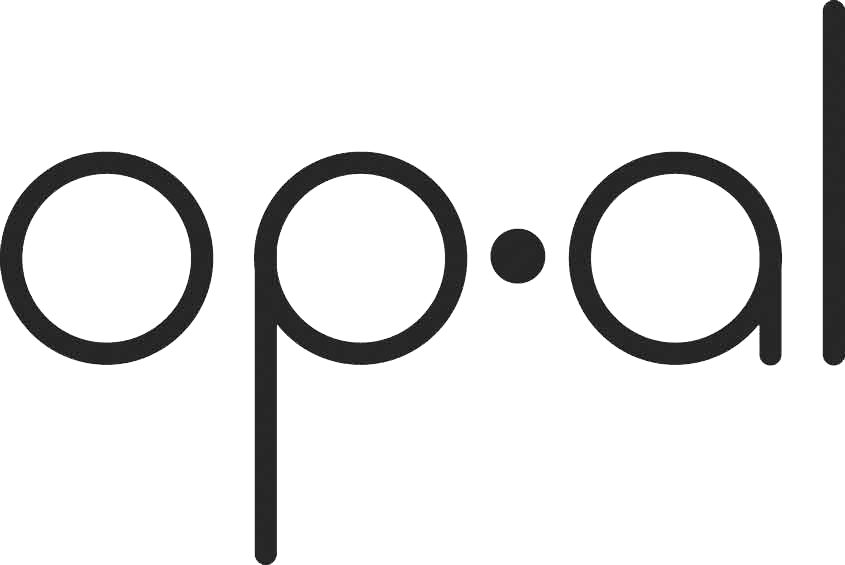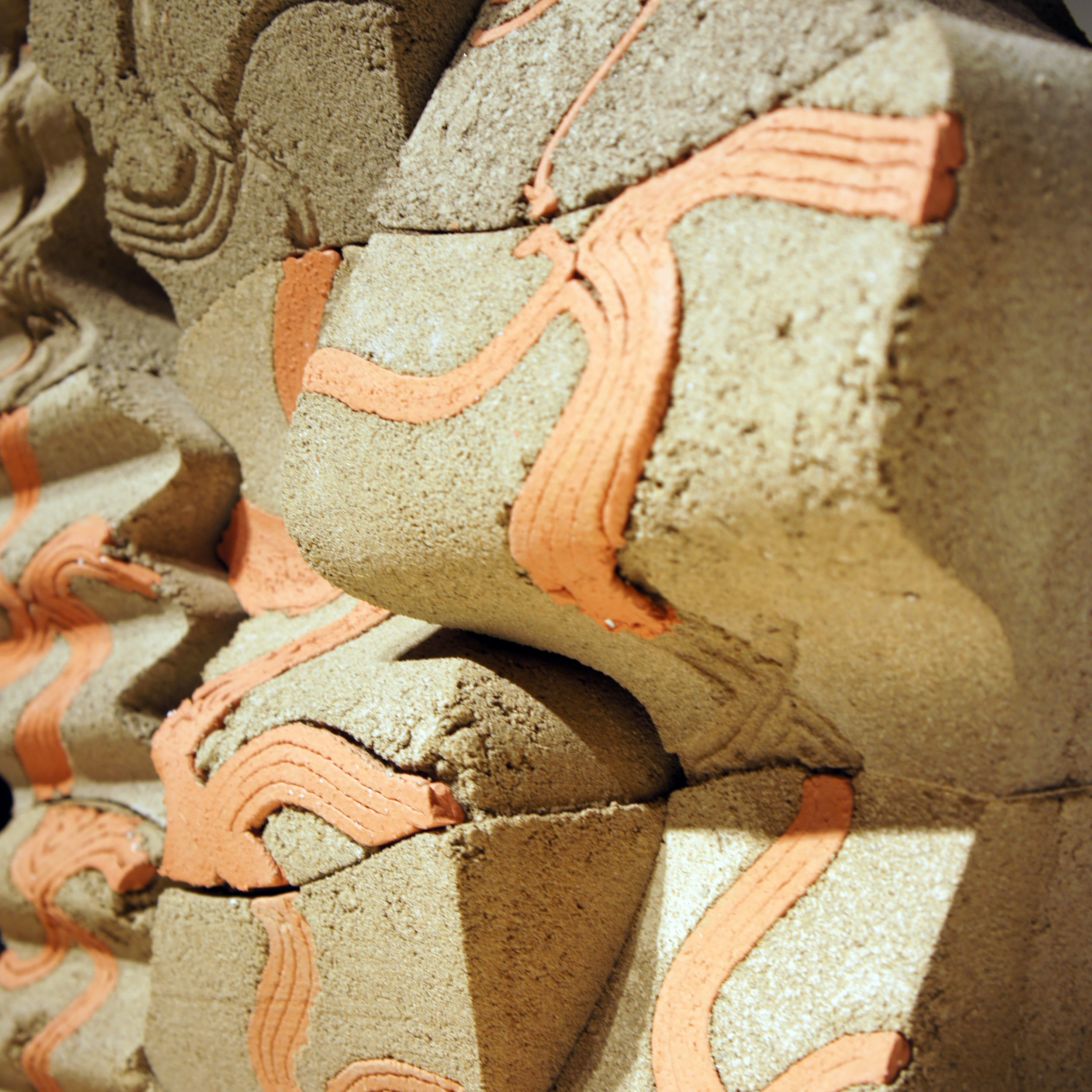
Riprap Ram Jam, was the fourth studio and seminar which op.AL has conducted surrounding the Gowanus Canal in collaboration with the Gowanus Dredgers Canoe Club or the Gowanus Conservancy. This latest design studio offered at Pratt Institute as an undergraduate Fall Advanced studio in conjunction with the Digital Masonry Group, examined the potentials of contemporary robotics to add performative value to historical methods of block, brick, and volumetric based construction in the context of resilient shorelines in post-industrial contexts.
As a site of investigation, we examined Brooklyn’s Gowanus Cana, targeted by the EPA for dredging other remediation efforts to clean up modernity’s toxic residue. In spite of the local pollution, wildlife of both pests and local micro-fauna still rush into Brooklyn through the watery canal. The studio researched historic embankment making strategies and examined robotically produced compressed earth blocks, for their strategies in remaking this embankment in a manner that supports local flora and fauna as well as human based activities.
/ Site Visit
Our studio took the belief that a post-anthropocene architecture must be built in primary support of biodiversity and that the right to access of our urban waterfronts, is a fundamental issue of environmental justice for all human and non-human species. We re-examined the edge conditions of the canal, in mind with both human and non-human access, working in groups to analyze and study a specific non-human ecosystem.
Working with community partners the Gowanus Dredgers Canoe Club, our design studio designed two projects for the post-anthropocene Gowanus Canal bulkhead. The first was a multi-species embankment capable of hosting native flora and fauna and seating, and the second were a series of wildlife and canal based monitoring stations to provide multi-species access to Brooklyn’s Waterfront. The studio worked in material mockups, speculative drawings, and models as simulation of our block making strategies.
/ Design Projects
/ G(o)wano
An Urban Canal Edge for roost and hydroponics.
Students - Victoria Bourghhol, Nahira Garavelo, Yuxin Li
One of the common tropes of the anthropocene has witnessed the human create a hierarchy of animals based on their own sense of comfort. Architect, Joyce Hwang suggest we should reconsider “our deeply engrained preconceptions of the ‘pest’. We cannot wave the banner of biodiversity, yet disregard the habitats that are disappearing where we live. We show disdain for bats, although they serve us as ‘predators’ for mosquitoes.”
The bat, perhaps best personifies our fear of the pest, as an animal which has intrinsic tie to disease, and the night. Yet simultaneously bats have other intrinsic benefits for the cultivation, which faces increasing interest within our urban municipalities. This project examines the thickening of the masonry urban envelope to house multiple infrastructures that have the potential for sybiotic relationships. The shoreline is thickened with a series of a cantilevering units that form a deep roost space, repopulating the natural cavern and dense growth of the original swamp based gowanus waterway. Simulteanously this depth of cavity provides new space for intergating hyrdoponic systems, for the purposes of urban community supported agriculture. The recirporcal relationship between the bats, capable of removing small scale invasive insects is doubled by the possiblity of an on site facility wherein the guano is treated for its fertilization purposes.
/ Embedding Bio-Veins
Profiled Blocks with Embedded Biomatter for Time-Release Decay
Students - Andrew Hyun, Cen Shen, Bell Wang
Everything decays...just not at the same interval. This project and research conducted by Bell Wang, Elise Cen Shen, and Andrew Hyun examined the creation of a series of stabilized rammed earth blocks for new waterfront development seeded with the capacity for controlled release of specific bio matter over time. The design process employed a two stage use of a six axis robot for its proposed masonry block formation. The first strafe utilizes the robot equipped with a hot wire cutter to extract ruled surface geometry from a series of foam blocks in order to produce a more figural interlocked series of masonry blocks. This interlocking is investigated for the double purposes enhancing the friction between units to resist the overturn of hydrostatic pressure as well as to create unique morphological pockets for non-human rehabitation of the canal edge condition.
The second process employs robotically deployed paste based extrusion to 3d print a specified bio matter as a vein into the foam molds around which the stabilized rammed earth material would be cast. These veins which decay at a different rate to the stabilized rammed earth, suggest the time -release of other materials which could be calibrated to the repopulation of certain ecology over time. Herein the research group examined three types of paste based extrusion utilizing the bio materials of clay, a paste from powder based water lettuce, and arthropod shells. A series of materials all linked to crab based shorelines could be seeded within with veigns of biomaterial that would stage it’s controlled degradation and release of material over time. The project begins by exploring the methodology of ruled surface foam cutting.
/ The Toxic Sublime
Removing Toxicity through Textural Bio-Habitat Tectonics
Students - Andrew Hyun, Cen Shen, Bell Wang
Jennifer Peeples writes, ‘The toxic sublime produces dissonance by simultaneously showing beauty and ugliness, the magnitude of the projects and the insignificance of humans.’ This project investigate’s the introduction of a metal recylcing center on the edge of the canal for the imprints of the metallic process on reinforced rammed earth masonry urban edge conditions. Constructionally, the project utilizes the offcuts and broken pieces of folded steel decking for the forming of new stabilized rammed earth masonry units.
These units interlock in aperiodic manners to produce a zone of deep texture towards the promotion of a series of surface that can afford new biochemical life. The limestone additive deployed in the makeup of the units sponsors the growth and reformation of moss. Mosses are especially important for supporting multiple ecosystem services where vascular-plant cover is low and is a key component of stablizing the shorefront ecosystem. The study speculates on the use of this limestone additive for catalyzing the re-population of small scale Operculum snails, who’s shells are inhabitated by hermit crabs and shelter for other small animals.
/ Prototypes
/ Project Team
Institution - Pratt School of Architecture
Professors - Jonathan A. Scelsa, Associate Professor of Architecture + Kyriaki Goti, Visiting Assistant Professor Architecture
Students - Lola Li, Dylan Moredock-Ting, Andrew Hyun, Naihra Garavelo, Jeremy Beroisa, Victoria Bourghol, Serah Han, Melanie Tran, Regine Navarro, Wengelyn Munoz, Bell Wang, Cen Shen, Sarah Gbobo, Fae Johnson, Yuxin Li
/ Collaborators
Jos Prol, Gary Francis, Nicole Vergalla - Gowanus Dredgers
/ Image Credits
Photography ©oparchland
/ Project Info
Project Type - Design Studio, Pratt Institute




















